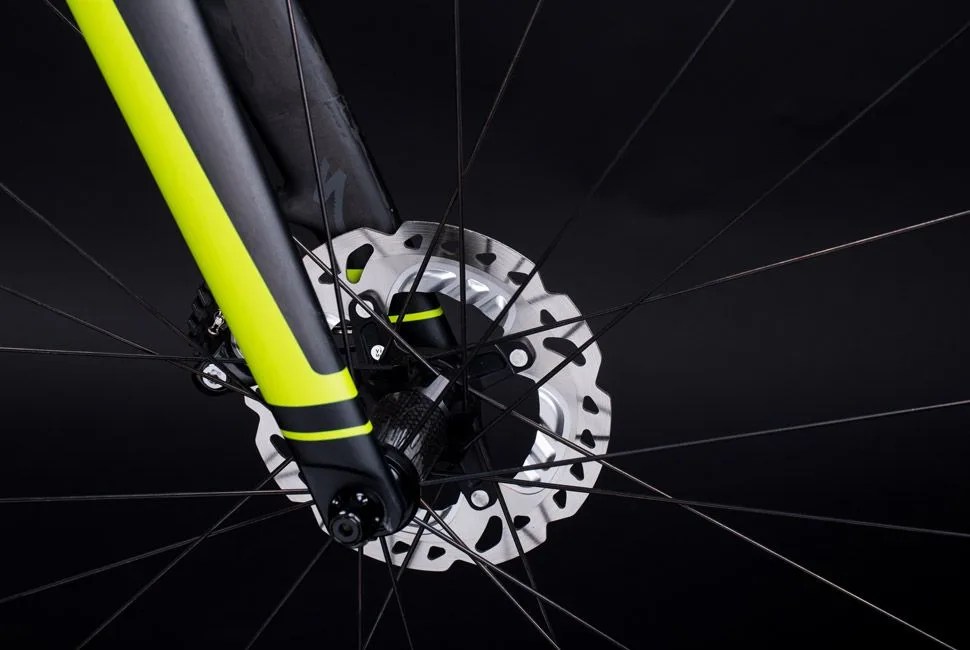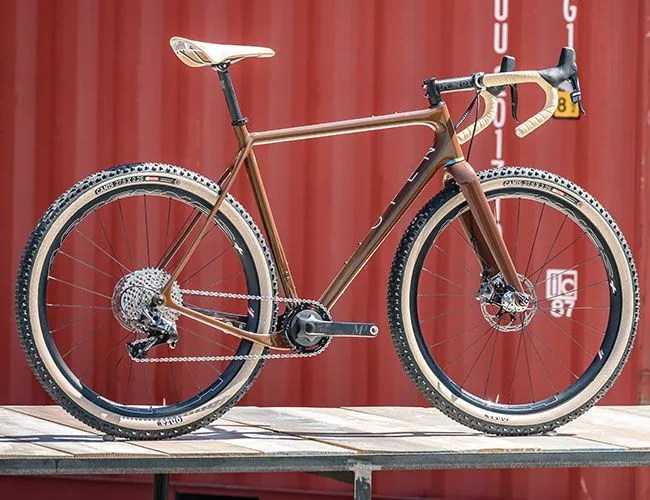The 90’s brought a lot of good, bad, and forgettables — Sony Playstations, Google, reams of flannel, and an earworm from Chumbawamba. But it was also a watershed of innovation in mountain biking. Oddly, we are just now seeing some of these innovations spill off the dirt and on to the road, which had us asking, after 20 years, why is it that Roseanne is back on ABC, but we are only now just starting to see some of cycling’s most innovative trends embraced by road cycling? Has road cycling innovation hit a dead end?
But let’s backpedal a bit, and follow the technology, because the answer to that question may lay in a burgeoning new sport.
“In the 1970’s, I would go to the local dump scavenging for old paperboy bikes, braze up the broken parts and fix them up for exploring Mount Tam,” said Steve Potts. Potts has been making exquisite titanium frames and components for almost 40 years. His roots tunnel deep in the Marin County mountain bike scene, the cradle of mountain biking. “Rims and spokes were heavy, the components were marginal for the type of riding we were doing,” said Potts. “We made our first bikes out of a mishmash of parts that were available.” Potts and his friends soon started building their own components for their “ballooner” bikes. The band of eccentric, DIYers started building their own hubs, headsets, brakes and bearings. The sport was young and direction was malleable. The magic they spun in that garage injected a vital dose of innovation that sparked an entirely new sport. That backyard garage? Yeah, that became Wilderness Trail Bikes, who at the time, owned more cycling IP than anyone else in the two-wheel world and today makes some of the finest mountain bike parts and accessories available on the market.
Fat tires, stout bottom brackets, and knobby tires; Mountain bike 1-dot-0 grew slowly around a clunky steel frame until 1990, when Rockshox and Manitou each debuted a fork that looked like it was stolen off a motocross bike and jammed up the head tube of a rigid frame. “From a technology standpoint, suspension reinvented how people look at bikes in both design and the ride,” shared Eric Schutt, marketing manager at Hayes Performance Systems. Floating over bumps and bombing rock gardens, suspension elevated the average ‘hold my beer’ rider to full-blown superhero status.
The introduction of suspension travel touched nearly every part of the bike, and a flood of innovations shortly followed. And then, in 1997, when bike disc brakes hit the scene, the sport was born yet again.
Rim brakes function by pinching brake pads on a wide rim, which essentially boils down to a lot of squeezing, collecting mud, and suspicious stopping power. On a good day, you could burn through a pair of brake pads in a single ride. Mountain bikers were won over by disc brakes’ superior ability to grip in wet and grimy conditions, but also because disc brakes allowed riders to carry their speed through turns much more efficiently than rim brakes ever could.
Discs still had their faults though. They were heavy, and the monster grip of the disc brakes caused a high rotational torque on suspension forks that were destroying quick release skewers. The grip was so strong, that it could yank a quick release out of a vertical dropout. Thru-axle systems evolved to solve both dilemmas, stiffening the forks while locking the wheels in place. A commitment to disc brakes implied adopting thru-axle systems.


